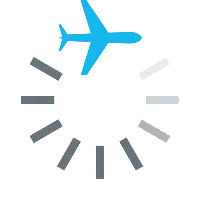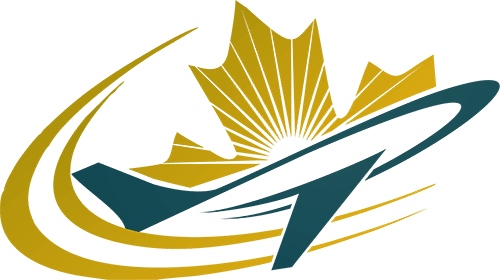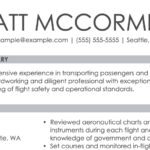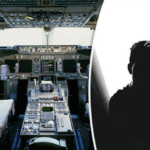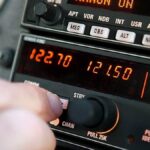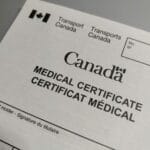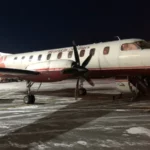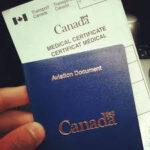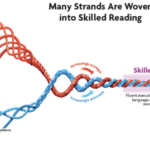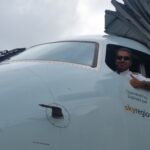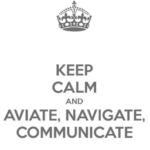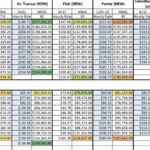Literacy in Aviation – Beyond Words and Media
Whether we consciously think about it or not, literacy in aviation plays an important role in a pilot’s life. When you first think of literacy, you likely think about reading sentences and writing out the alphabet. While literacy skills do involve that, the discussion goes much deeper. In a classical sense, literacy is the ability to interpret text, but more broadly, literacy is a function of understanding languages and communications.
Novel media, like video, podcasts, and texts from various sources help us prepare for our flights, make sound decisions during our flights, and to reflect on our overall performance. For example, pilots will use graphical images from GFAs or other weather products when making decisions about flight safety; student pilots may refer to online groundschool videos for explanations on turbine engines; airline instructors may supplement simulator training with interactive FMS apps; or a pilot flying IFR will brief their RNAV approach using the chart on their tablet. Although each of these leverage very different media platforms, they all involve literacy related skills which challenge us to interpret and apply what is being communicated to us.
In our highly regulated environment, we are required to read, interpret, and appropriately apply many forms of literature prior to and during a flight. Some of these forms of literature are the Canadian Aviation Regulations (CARs), your company Standard Operating Procedures, a flight school’s Operations Manual, a Maintenance Control Manual, or even a uniform policy. These examples have the power to dictate and control how a pilot executes their desired flight. Our policies, regulations, and SOPs construct and control the environment you fly in. This may sound very scary, but it certainly does not have to be. Let’s look at a few made up examples
together.
The CARs state that you cannot fly over built up area at less than 1,000ft above ground level. Keeping this regulation in mind, a pilot may opt to fly another route for their flight which may be slightly longer, but ultimately safer for you and the public. Meanwhile in Winnipeg, a student presents themselves to the flight school and expresses their interest in going for a flight. Unfortunately, the weather is below the flight school minima and the flight instructor decides to conduct instrument training in the simulator instead. The pilots are spared the wintery conditions of Manitoba and still make progress with the student’s training in other ways.
Policies and literature can protect and guide us as they did in these two examples. But they can also have unintended consequences in an organization. Take for example an air operator whose SOPs state that only Captains are allowed to make announcements to the passengers. Such a written procedure may devalue the First Officer, cause Captain upgrade training more difficult, and reinforce a more vertical hierarchy in the cockpit. Elsewhere in a large aviation college, students are afraid to speak up against oppressive policies which severely restrict their freedom because they fear having a target put on their backs. Because of the nature of their flying program, students are afraid to explore, make mistakes, and be assertive for what they may feel is right.
Parting Thoughts
Literacy is more than just words and pictures. It constructs our society, our flight schools, our operations, and our air operators. It differentiates a First Officer from a Captain, a flight instructor from a student, and an airline pilot from a private pilot. Your ability to be literate in your role as a Chief Flight Instructor, a Chief Pilot, a student pilot, etc., impacts your ability to carry out your duties. Those pilots who are more aware of the laws, the social constructs of their organizations, and the literature which guides them, have a broader skill set, better decision making abilities, and a deeper understanding of aviation principles and safety.
To reflect on literacy in aviation, I ask you to spend some time thinking about a few questions:
- How do you incorporate literacy in your teachings?
- Think of a school or company policy you are familiar with and brainstorm the unintended consequences of that policy.
- How good are you at finding information that is relevant to your role as a pilot?
- Are you aware of any policies that introduce different power dynamics or classes within your organization? What role do you play in that?
What language is used in aviation?
The most commonly used language in aviation is English. However, many regions around the world will use their own language where appropriate. For example, pilots are able to speak English and French in Quebec.
What is the most difficult subject in aviation?
There is no one most difficult subject in aviation as aviation is very interdisciplinary. Many students feel they need to understand math and physics very well, but as long as you are able to do basic multiplication and division, pilots should be able to fly without issue.
What are the 4 fundamental forces in aviation?
The four fundamental forces in aviation are thrust, lift, drag, and weight. The pilot’s job is to manipulate these four forces to ensure safe operation of the aircraft.
About Us
Canadian Flight Trainers is Canada’s best online ground school. CFT connects theory to practice through our unique approach to material which is grounded in scholarly research and sound pedagogy. This article is a part of our higher education series which connects interdisciplinary topics to aviation. A version of this article will be featured in Transport Canada’s Aviation Safety Letter.
- Aviation Resume Writing
- Depression and Medications for Pilots
- ROC – A: Restricted Operator Certificate with Aeronautical Qualification
- ADHD in Aviation
- Transport Canada Aviation Medical
- Navigating the IATRA Exam: A Key Step for Aspiring Commercial Pilots in Canada
- Private Pilot License Canada Timeline | Learn Quickly with Canadian Flight Trainers
- Literacy in Aviation
- Our Tips for Commercial Pilot Training in a Flight School
- Aviate Navigate Communicate
- Salary of a Pilot in Canada
